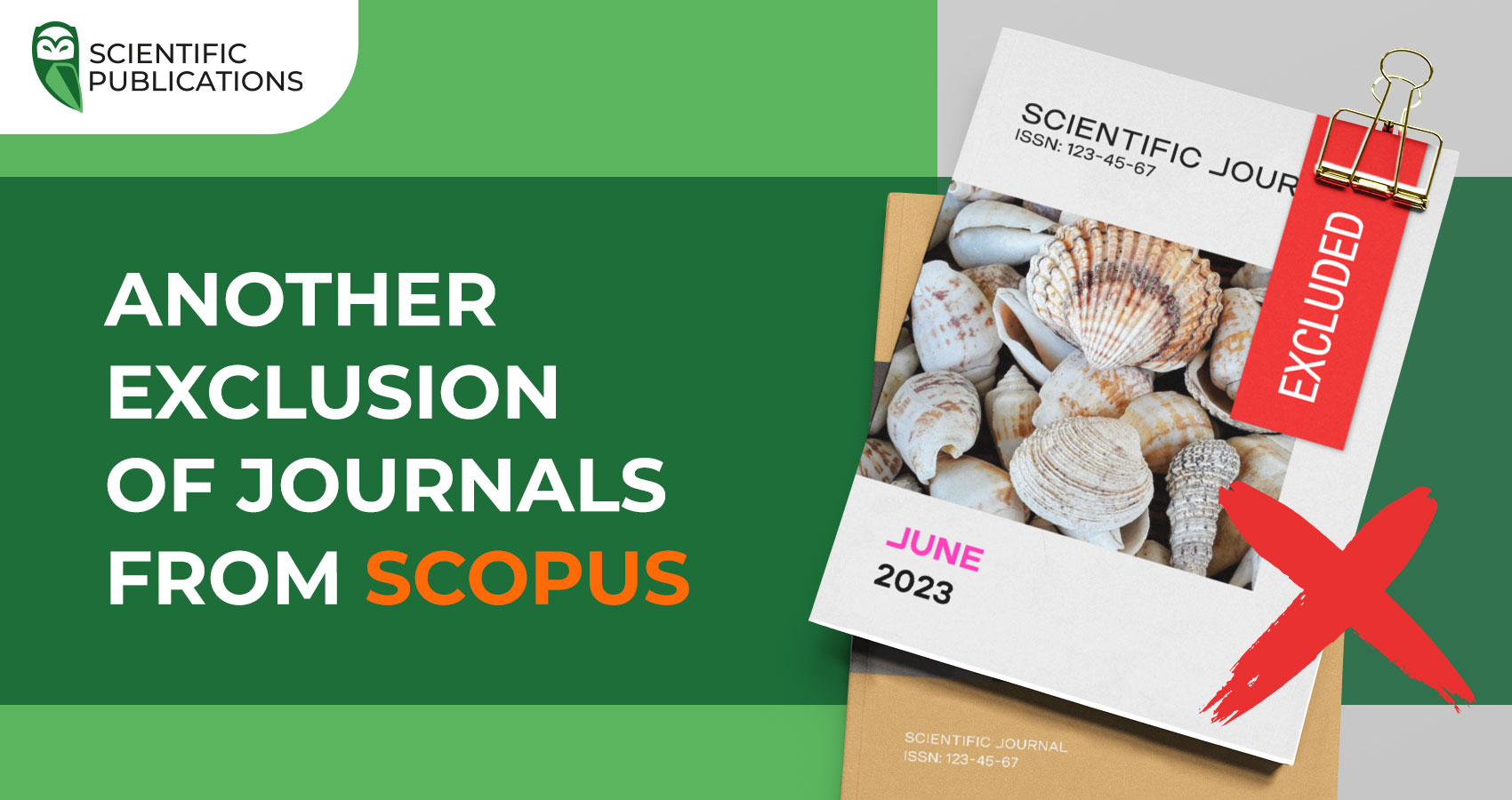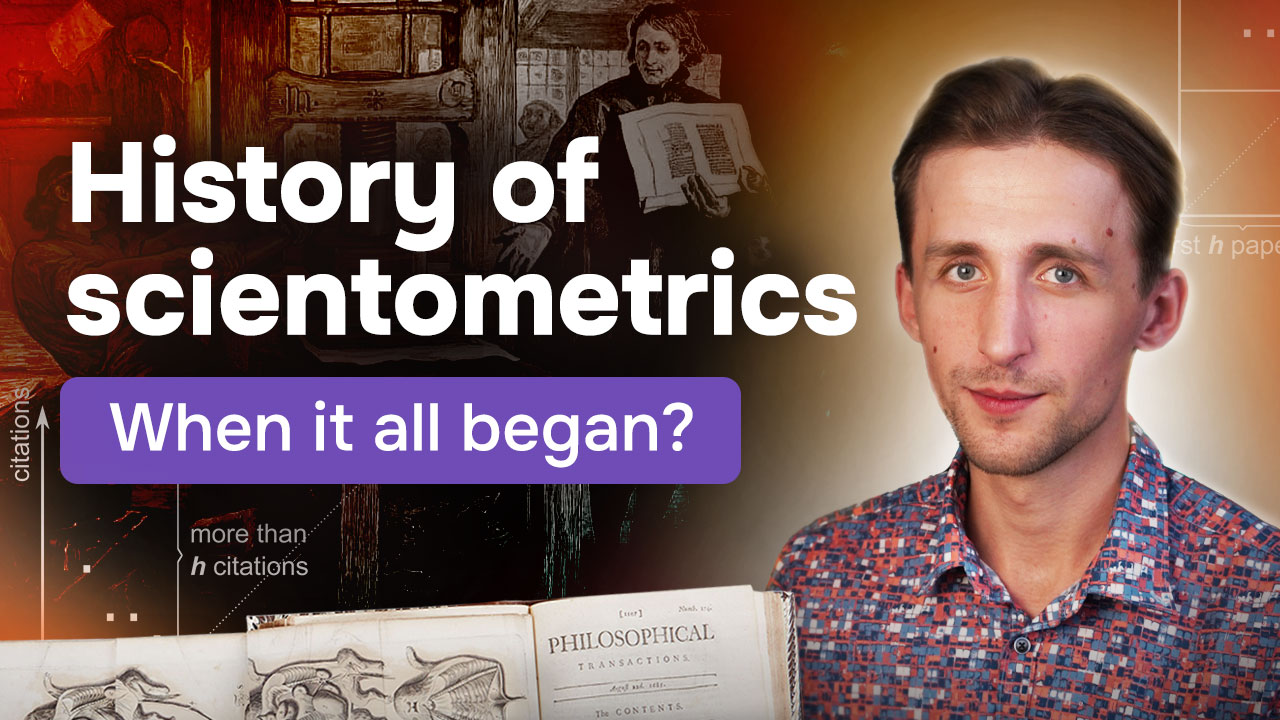The correct design of graphic elements is an integral aspect of research and academic work. The correct and clear presentation of such materials contributes to the comprehensibility and professionalism of information transfer. The importance of following formatting rules for graphical elements such as figures, tables, and formulas is to ensure their clarity and effective visual presentation. In this article, we review the basic principles of proper formatting of graphic materials that will help scientists and authors of scientific articles to create a professional appearance for their research and publications.

Drawings
The following rules should be adhered to for proper design of graphic materials. The figure and its title should be centered without paragraph indents, and there should be a blank line between them and the surrounding text. The title and number of the graphic material should be indicated below the image. In the text it is necessary to cite each figure, for example, like this: (Figure 1).
Graphic elements, such as figures, drawings, schemes, etc., should summarize the research materials. In addition, they should be unique and of high quality, with a resolution of at least 300 dpi. In case you use graphs and charts created using MS Word / Excel tools, etc., make sure that the data can be edited.
If the graphic material has been borrowed from another source, this source should be explicitly mentioned under the figure.
Please note that the data in the figure should not duplicate the information presented in the main text or tables. Figures should complement and enrich the material presented in the paper, not repeat it.

Figure 1. Title of the figure
Tables
The table title should be centered without paragraph indents, and there should be a blank line between the title and the table, as well as a blank line between the table and the surrounding text. For the table title, 12 pt font is used, and for the text inside the table - 10 pt. The text in the table should be placed horizontally, and the table itself should automatically adjust to the width of the window. The name and number of the table should be placed above the table. In the text of the paper it is necessary to cite each table, for example, as follows: (Table 1).
The data presented in the table should be unique. In case the data for the table is borrowed from another source, it is necessary to explicitly indicate this source under the table.
The content of the table should not repeat the main text or information presented in the figures. Tables should complement and detail the data presented in the paper, not duplicate them.
If abbreviations or author's parameter designations are used in the table, appropriate explanations should be provided in the form of a note under the table.
Table 1. Table name
| 1 | A | B | C | D |
|---|---|---|---|---|
| 2 | ||||
| 3 |
Source: 10 pt, italicized, width-aligned, no paragraph indentation; here indicate the reference to the source on the basis of which the graph/table was created, or indicate that the material was compiled/created by the authors.
Formulas
Formulas should be center-aligned, and one blank line should be left between the text and the formula at the top and bottom. All formulas should be presented in an editable form and must be numbered to the right.
In addition, all parameters used in formulas should be decoded in detail. Providing clarity and understanding of parameter values will help the reader to more fully comprehend the essence of formulas and their application.
So, when designing formulas, it is important to keep the formulas centered, add blank lines at the top and bottom relative to the text, number the formulas to the right, and provide a transcription of the parameters to ensure full understanding.
х = a + b
where: a is the first parameter, b is the second parameter, x is the unknown.
The use of supplementary material is appropriate only for the sections "Materials and Methods" and "Results".
Requirements to the technical parameters of the document
- Paper size: A4.
- Margins: 2cm x 2cm x 2cm x 2cm x 2cm x 2cm.
- Line spacing: single line.
- Font: Times New Roman; font size: 12 pt.
- Paragraph indent: 1 cm.
- Text alignment: width.
Any indentation in text should be done using the Linear tool, not the spacebar or the Tab key.
Graphic design is a critical step in the creation of scientific publications. Proper alignment, numbering and clear presentation of figures, tables and formulas emphasize their importance and facilitate the perception of information by readers. Ensuring the uniqueness and high quality of graphic materials, as well as citing sources, are fundamental aspects to be considered. Compliance with the established rules of design contributes to the correct use and interpretation of graphic materials in scientific research and articles, which makes them more accessible and effective for the scientific community.
Scientific Publications company includes editing and design of your scientific article in such services as publishing in Scopus, Web of Science or ERIH+, JSTOR, etc. Our editing and design experts have in-depth knowledge of the rules and requirements for graphics in scientific publications. We will thoroughly check your article for errors, optimize its structure and style, and make sure that graphic materials such as figures and tables meet all requirements.
To use our services, leave your request on our website via online chat and our expert will contact you within a day. Together, we will turn your research paper into an expressive, professional and publication-ready material in prestigious scientific journals.





